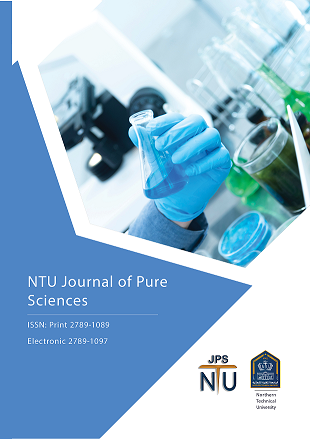The effect of the 2nd path movement on the encoding of English letters in the framework of the Partition Theory
DOI:
https://doi.org/10.56286/2ga9ep16Keywords:
Framework of the Partition Theory, Path, Encoding, e-Abacus diagramAbstract
With the increase interest in unconventional encoding methods, the need to study models that employ the kinematic dimension in letter formation. Partition Theoryis one effective tool for representing letters within organized geometric structures. Among these models, the concept of "Path Two" stands out as a new approach to rethinking how letters are building visually and kinetically. This research aims to explore the effect of second-path motion on the encoding of English letters within the framework of partition theory. In this research, we will depend on a word consisting of two English letters, and the movement of the second path will be up to nine movements only, without the need to complete it to the end of the path because the movement will be similar to other movement but in the opposite direction. Each movement has its own rule. The movement of the second path of the two-letter word will make the word more ambiguous and difficult to read. and so, this research looks forward to contribute to the use of the second path in obfuscating the optical encoding of letters, which leads to giving the system an additional level of visual security or perceptual camouflage in coding systems.
Downloads
Downloads
Published
Issue
Section
License
Copyright (c) 2025 Copyright The NTU-JPS is an open journal, therefore there are no fees required for downloading any publication from the journal website by authors, readers, and institutions. The journal applies the license of CC BY (a Creative Commons Attribution 4.0 International license). This license allows authors to keep ownership of the copyright of their papers. But this license permits any user to download, print out, extract, reuse, archive, and distribute the article, so long as appropriate credit is given to the authors and the source of the work. The license ensures that the article will be available as widely as possible and that the article can be included in any scientific archive. Creative Commons License This work is licensed under a Creative Commons Attribution 4.0 International License. Intellectual property rights: The NTU-JPS policies will protect the author's intellectual property rights for all submitted and printed materials.

This work is licensed under a Creative Commons Attribution 4.0 International License.
This work is licensed under a Creative Commons Attribution 4.0 International License (CC BY 4.0), which permits unrestricted use, distribution, and reproduction in any medium, provided the original work is properly cited.





